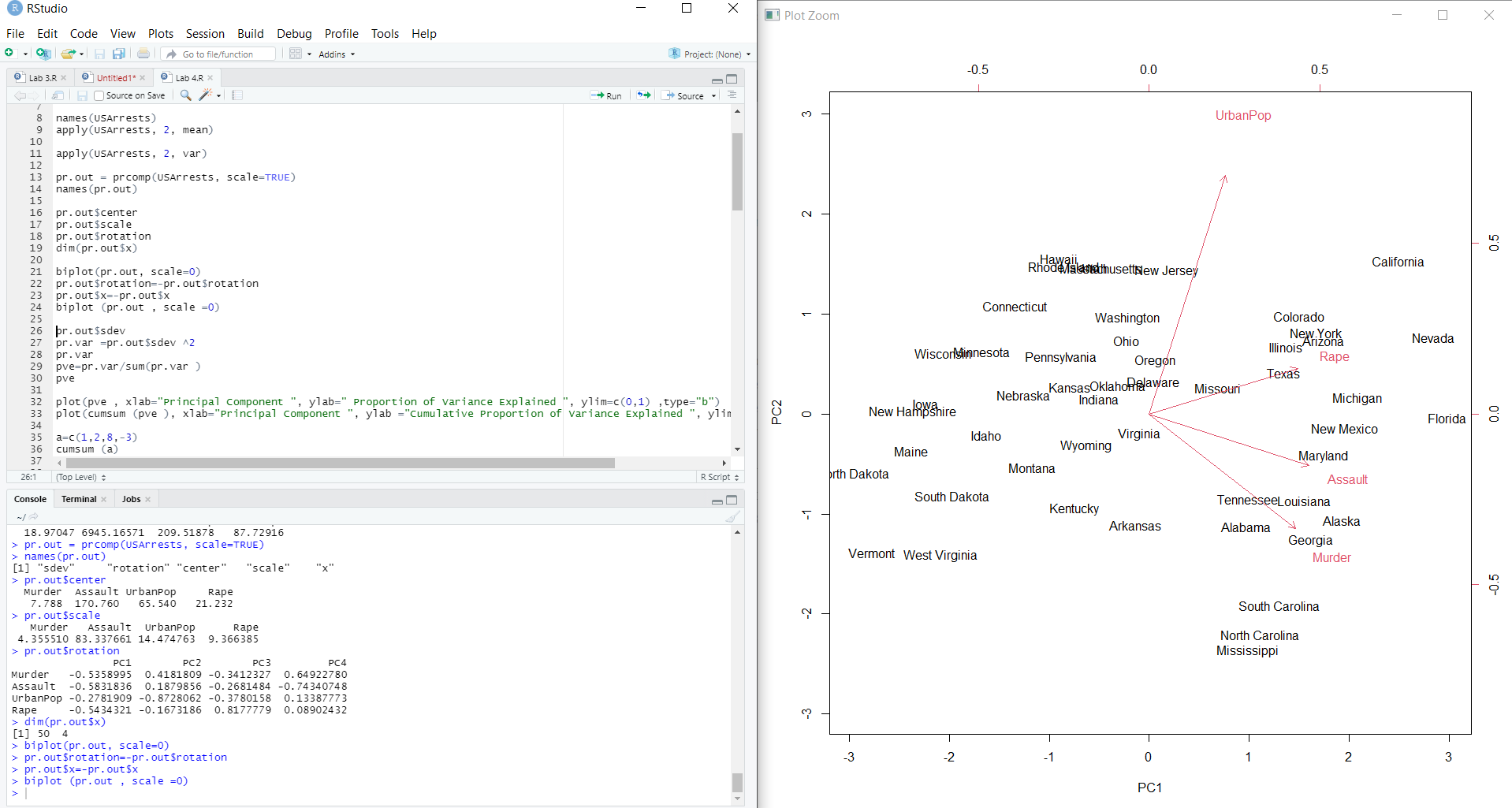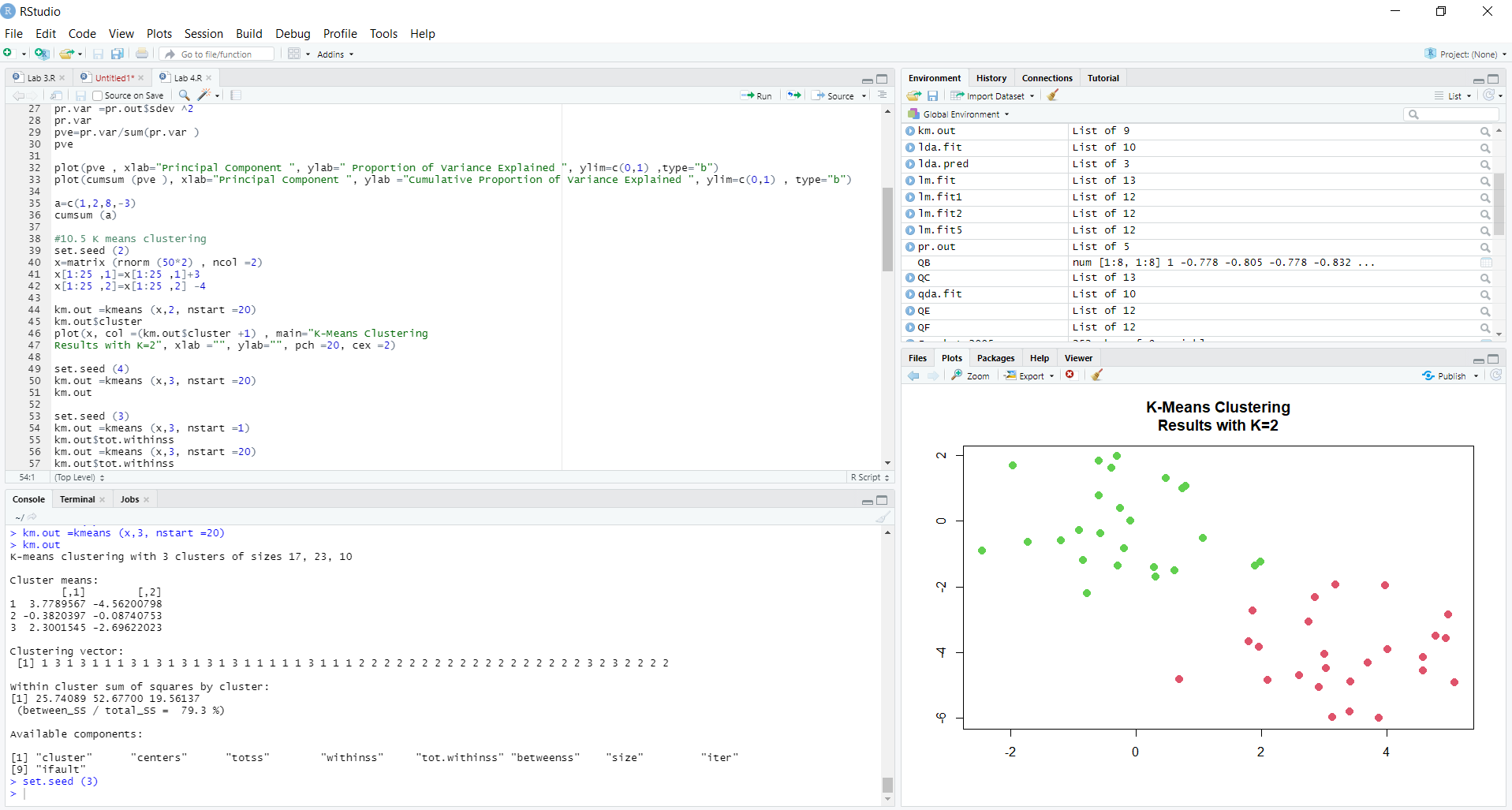November 3, 2020
Data Analytics for Smart Cities
Throughout my time at LiU in the Intelligent Transport Systems and Logistics program, I have tried to follow a track of mostly smart city and IoT related courses. In previous posts on my individual blog from last year, I talked a bit about the courses I had taken in IoT and smart cities, where I learned to create a citizen reporting application and had the chance to work with Arduino and Raspberry Pi communication. In this autumn semester I had the opportunity to expand this themed instruction with the course “Data Analytics for Smart Cities”.
In this class, the focus of the education was to learn how to use data in various statistical methods to apply relevant concepts in the area of decision making for smart cities. With combined video and classroom lectures, along with laboratory components in the software R, this course walked students like myself, through an understanding of statistical analysis with theory applications in mock datasets with R.
As this was my first time ever using R, I was a bit nervous on how to go about completing the labs, but after a whole year of working with MATLAB and other programming languages in the ITS program, working with R was actually quite easy.

Here above is an example of Principal Component Analysis for analyzing the level of urban population and various crimes for different states in the US. Another example below shows a simple analysis of data using the K-Means Clustering algorithm.

In the field of smart cities, data is everything! It’s the driver of making more educated decisions about how different resources, people, and traffic can be organize more efficiently and effectively. This class acts as a crash course in understanding how to use data for more complicated analyses, so that as engineers, we can help cities be designed and organized better.
Although this was just a beginner course for data analytics for smart cities, I plan to work with applications in R a bit more to get a better handle on this subject for future thesis work and employment.
Adam Grachek, USA
Intelligent Transport Systems & Logistics



